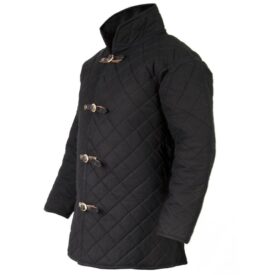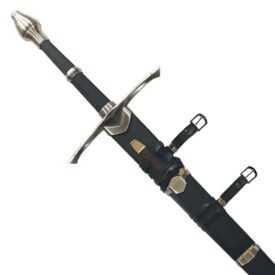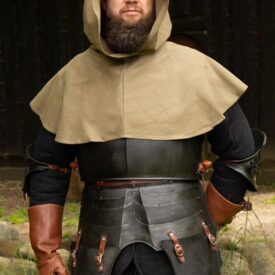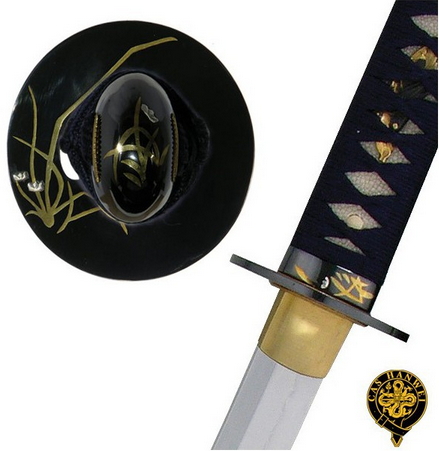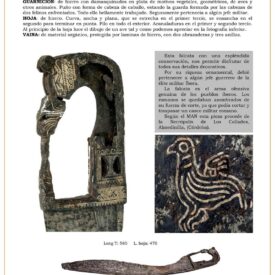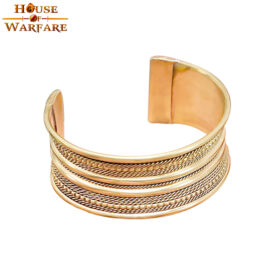The most famous among all the greek helmets was the Corinthian, which had a protection for both cheeks and nose. It covered almost the entire head but eyes, mouth and chin.
They have a clear disadvantage, they reduced notably soldier´s visibility and audition, so he was only able to see what he had in front of him. Later, it was updated to leave ears into the open for letting the soldier hearing. We did the same thing, reducing the cheeks protection to wide the field of vision.
 The richest hoplites had better quality helmets, decorated with engraved or paintings. A lot of them put in their helmets some plumes made of mane which looked as a ponytail sometimes. This ornament was progressively reduced for reasons fo convenience.
The richest hoplites had better quality helmets, decorated with engraved or paintings. A lot of them put in their helmets some plumes made of mane which looked as a ponytail sometimes. This ornament was progressively reduced for reasons fo convenience.
 From Vth century some hoplites tinted the plumes of their helmets with the same colours, like the spartans who made it with black and white stripes.
From Vth century some hoplites tinted the plumes of their helmets with the same colours, like the spartans who made it with black and white stripes.
Greek helmets were inside covered of felt, skin or linen, to soft hits in the soldier´s head.



